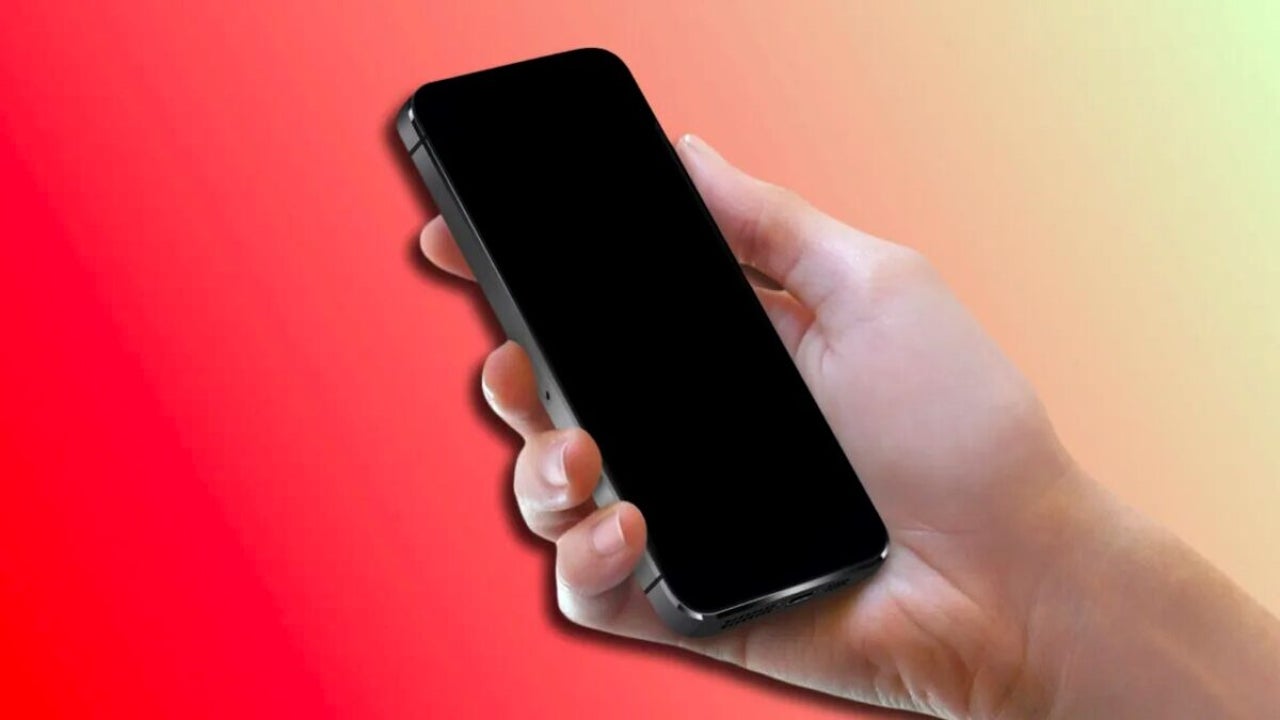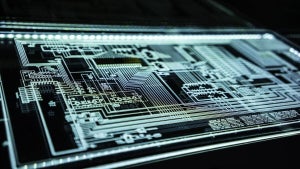News
Apple is exploring how to make the iPhone screen invisible to third parties: this is what they are achieving
A system where only we will see the screen.

- November 23, 2023
- Updated: July 2, 2025 at 12:35 AM

Privacy and security of our data have long been crucial considerations. At Apple, aware of these challenges, they are exploring several new solutions to protect the privacy of our device screens, especially the iPhone.
An additional security measure for certain environments
No matter how many protections an iPhone has, it’s inevitable that someone might see a person’s passcode. There’s no way to fully protect against this, and that’s precisely why cases of phone theft had recently been detected, where thieves observed the device’s access code before stealing it. This not only allows them access to the phone but also to sensitive and financial data stored within it.
The truth is, it’s our responsibility that nobody knows the code to our iPhone. We can avoid entering it in public thanks to Face ID or Touch ID, for example. Or simply be careful and cover the screen if we need to enter it, just as we would at an ATM or a store’s POS when entering a card PIN. And Apple is exploring another way to protect our privacy.
Among the solutions proposed by Apple, two recent patents stand out. The first, titled “Privacy Films for Curved Screens,” suggests a special screen coating that limits light emission in only one direction. This means that while the user in front of the screen can enjoy the device’s optimal quality and brightness, anyone trying to look from a side angle would see a blurry or completely obscured image.
The second patent, “Screens with Adjustable Viewing Angles,” is designed for flat screens and allows the user to adjust the screen’s viewing angle in real-time, acting as a privacy filter. This technology uses small adjustable slats or a liquid crystal element to restrict visibility from side angles, protecting the content displayed on the screen.
Although these technologies are still in the patent phase and may not be immediately integrated into products, they represent a significant advancement in Apple’s interest in increasing the privacy and security of our devices.
Apple’s research reflects that there’s always room for improvement in security and privacy. It’s crucial to safeguard personal information in an era where mobile devices are increasingly indispensable in our daily lives. As potential threats evolve, so should the protections. In this case, making our iPhone screen invisible to third parties becomes paramount.
Architect | Founder of hanaringo.com | Apple Technologies Trainer | Writer at Softonic and iDoo_tech, formerly at Applesfera
Latest from David Bernal Raspall
- What’s Changed in AutoCAD 2026 Completely Transforms Project Auditing: how we can use Activity Insights efficiently
- What’s Changed in AutoCAD 2026 Completely Transforms Project Auditing: how we can use Activity Insights efficiently
- From intention to impact: how All in One Accessibility fits in our inclusive digital strategy
- AI in Google Workspace: A Game Changer for SMB Productivity
You may also like
 News
NewsThe Simpsons will have six special episodes to explain their collaboration with Fortnite
Read more
 News
NewsNetflix's latest big hit is a movie starring Collin Farrell and it's a thriller about redemption and guilt
Read more
 News
NewsThis reboot of a classic action movie was unjustly vilified and you can now watch it on AppleTV+
Read more
 News
NewsArc Raiders dominates concurrent users on Steam, causing its own servers to crash
Read more
 News
News10.5 million people are affected by a massive data breach on the Internet
Read more
 News
NewsThis classic movie by Al Pacino and Oliver Stone is your perfect movie if you think a football field is like a battlefield
Read more